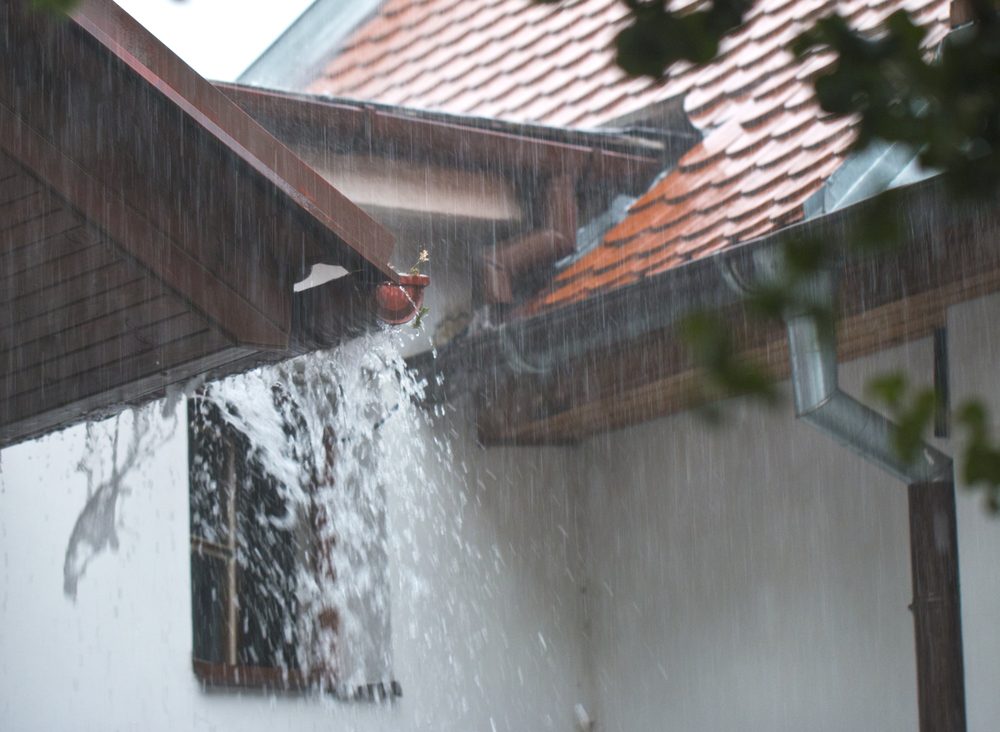Moisture is nothing but trouble – it encourages the growth of mold and mildew, weakens walls, and looks unsightly. Fortunately, there are ways to protect outdoor walls from water damage and harsh weather conditions. Let’s take a look at the steps you should take to fight loose plaster and water penetration in the house.
What products should you use to save exterior walls against moisture?
Many exterior paints are intended to guard against rain water and snow – unfavourable weather conditions have a very negative impact on façades. They should also stop the impact of moisture from inside to which they are exposed and prevent the phenomenon of capillary rise.
Waterproofing external walls are necessary to prevent the building walls from becoming damp over time. Remember that it is not always required; it depends on the type of soil and the groundwater level.
External wall insulation is one of the most important elements of exterior finish. Insulation materials form a tight and impermeable layer that will protect the walls from moisture. Among the most popular are:
- Waterproof coating. Perfectly seals and levels the surface. It can be used both interior and exterior walls. Apart from the fact that it protects very well against moisture, waterproof coat also makes it possible to dry brick wall. Exterior waterproofing coats can be used to insulate walls, foundations, and cellars. In this case, silicone render will work best.
- One-component sealing mortars. These are mineral waterproofing compounds based on Portland cement or grey cement. They prevent the possible penetration of moisture from the foundations into the walls of the house. Some of them contain small additions of polymers. They come in the form of dry mixtures that are mixed with water. This waterproofing mineral mix is used for vertical and horizontal insulation in foundation and basement walls.
- Bituminous masses. Used for vertical and horizontal insulation, based on modified asphalt of liquid or semi-liquid consistency. They form tight coatings without joints and thoroughly cover all irregularly shaped elements. Most often used to protect foundations and walls in basements.
Additional external walls protection methods 
Roof edges and profiled cornices
These construction elements are excellent protection against precipitation.
Facade paints or impregnates
They have a decorative and protective function on walls.
Hydrophobization
It consists of coating walls with specialist colourless chemical preparations which prevent the penetration of water from outside and do not block vapour permeability. They are designed for, among others, concrete, gypsum, lime, and ceramic substrates.
Organosilicone paints
They protect against adverse effects of weather conditions, salts, and algae growth. They are characterized by high vapour-permeability and hydrophobicity.
What is the best way to insulate walls?
Insulating the walls of a building protects against condensation and water vapour condensation. Mineral wool and foamed polystyrene are good insulating materials here.
The most popular method of waterproof insulating walls is the light-wet method which can be successfully used on walls made of bricks, hollow bricks or cellular concrete. This method consists in gluing the insulation board to the wall, covering it with cement-lime mortar, then priming and finishing with thin-coat plaster.


